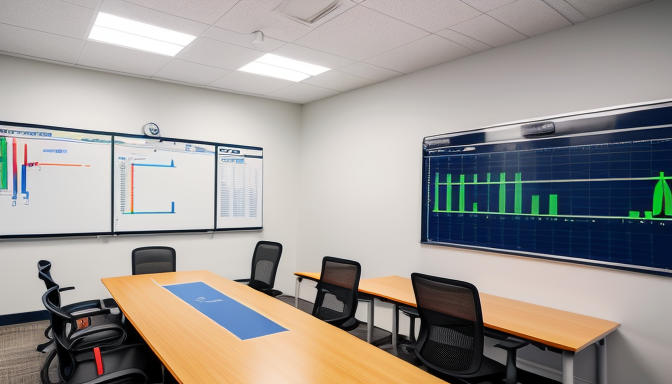This article explores effective strategies for developing training plans that lead to success, focusing on scientific principles and practical applications for optimal results.
Identifying the specific needs of individuals or teams is crucial for tailoring training plans. Think about it: how can you hit a target if you don’t know where it is? Assessing these needs effectively ensures maximum engagement and effectiveness. Start by conducting surveys or interviews to gather insights on current skills and gaps. Additionally, consider using performance metrics to pinpoint areas for improvement. This approach not only boosts motivation but also aligns training with real-world applications. When training feels relevant, participants are more likely to stay engaged and committed.
Evaluating the success of training programs is essential for continuous improvement. After all, how do you know if your efforts are paying off? Various methods can be employed to assess the impact of training on performance and outcomes. For instance, pre- and post-training assessments can provide quantifiable data on skill enhancement. Moreover, consider implementing 360-degree feedback to gain comprehensive insights from peers and supervisors. This feedback loop is invaluable for refining future training initiatives.
In summary, crafting the perfect training plan is a blend of understanding needs and measuring effectiveness. By focusing on these elements, you can create a training environment that not only fosters growth but also drives success.
Understanding Training Needs
Identifying the specific needs of individuals or teams is crucial for tailoring training plans that truly resonate. Think of it like customizing a suit; it should fit perfectly to enhance performance. To start, you need to conduct a thorough needs assessment. This involves gathering data through surveys, interviews, or even direct observations. Ask yourself: What skills are lacking? What are the goals? Is there a gap between current performance and desired outcomes? By pinpointing these areas, you can create a training plan that not only engages participants but also maximizes effectiveness.
For instance, consider a team of swimmers. A beginner might need basic stroke techniques and breathing exercises, while an advanced swimmer may focus on speed and endurance. To illustrate this, here’s a simple table that outlines different training needs:
| Skill Level | Training Focus |
|---|---|
| Beginner | Basic strokes, breathing techniques |
| Intermediate | Endurance building, technique refinement |
| Advanced | Speed drills, competition strategies |
By understanding these distinct needs, you can craft a training plan that is not only relevant but also motivating. Remember, the more tailored your approach, the higher the engagement and success rates. It’s like giving each swimmer a personalized roadmap to their goals—ensuring they swim towards success with confidence!

Measuring Training Effectiveness
When it comes to training, how do you know if your efforts are truly paying off? Measuring training effectiveness is like checking your compass on a long journey; it ensures you’re heading in the right direction. To truly gauge the impact of your training programs, you need to dive into a mix of qualitative and quantitative assessments. Think of it as a two-sided coin: on one side, you have hard data, and on the other, personal feedback. Both are essential for a complete picture!
One effective method is to use key performance indicators (KPIs). These are measurable values that demonstrate how effectively a company or individual is achieving key business objectives. For instance, if you’re training a sales team, you might track metrics like sales conversion rates or customer satisfaction scores before and after the training. This data can reveal whether your training is making a tangible difference.
Additionally, consider incorporating surveys and feedback forms to capture the trainees’ perspectives. Ask questions like:
- What did you find most valuable about the training?
- How confident do you feel applying what you’ve learned?
By blending these approaches, you can create a comprehensive evaluation framework that not only measures outcomes but also enhances future training initiatives. Remember, the goal is continuous improvement—so keep refining your strategies based on the insights you gather!
Frequently Asked Questions
- What is the first step in creating an effective training plan?
The first step is to identify the specific needs of the individuals or teams involved. This involves assessing their current skills and understanding the goals they aim to achieve. Think of it as a roadmap; without knowing your starting point, you can’t navigate to your destination!
- How can I measure the effectiveness of a training program?
Measuring effectiveness can be done through various methods, including surveys, performance metrics, and feedback sessions. It’s like checking the score in a game—if you don’t know how well you’re doing, how can you improve?
- Why is it important to tailor training plans?
Tailoring training plans ensures maximum engagement and effectiveness. Just like a one-size-fits-all shirt rarely fits perfectly, a generic training plan might not meet everyone’s needs. Customization leads to better outcomes!
- Can training plans evolve over time?
Absolutely! Training plans should be dynamic and evolve based on feedback and changing needs. Think of it as a garden; you must regularly tend to it to see it flourish!